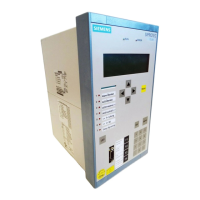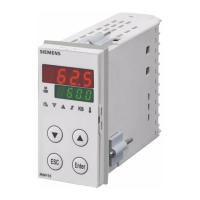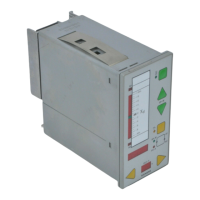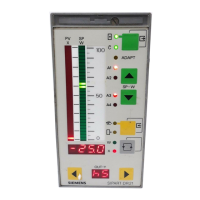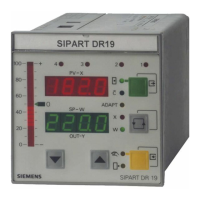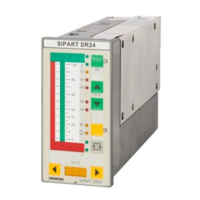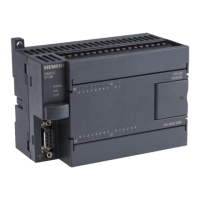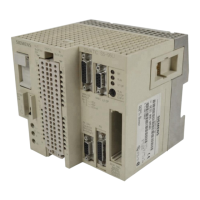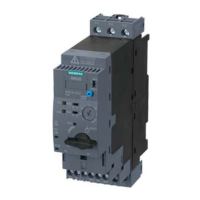Information List
No. Information Data Class
(Type)
Type
Binary IO
_:2731:51 General:Mode (controllable) ENC C
_:2731:52 General:Behavior ENS O
_:2731:53 General:Health ENS O
Binary IO
_:15361:322 Trend 1:Recorder formatted SPS O
Sequence of Events
Overview of Functions
The sequence of events is described in more detail in Chapter 3.1.5.4 Sequence of Events Log.
Flow Control of Fault Records (Fast-Scan and Slow-Scan Recorder)
Function Description of the Retrigger Blocking Time
General
You can make the following settings in the fast-scan recorder and the slow-scan recorder:
•
Pre-trigger time
•
Post-trigger time
•
Maximum record time
•
Retrigger Blocking Time
•
Manual record time
You can find detailed information about the settings in chapters 7.2.6.1 Overview of Functions and
7.2.7.1 Overview of Functions .
There are more settings required in the recorders in addition to the settings for the time flows of the trigger,
for example memory used.
You can find more detailed information on this in chapter 7.2.6.3 Function Description .
Retrigger Blocking Time
The retrigger blocking time prevents a fault-record extension with repetitively occurring identical trigger
events. If another trigger is tripped during a recording, the post-trigger time is restarted and the recording is
extended. To prevent this, a retrigger blocking time can be defined. Identical triggers, which come during the
retrigger blocking time, are ignored and do not lead to an extension.
The retrigger blocking time is started together with the incoming trigger and is channel-specific. If the triggers
repeat, the retrigger blocking time is restarted.
NOTE
If you configure the setting of the retrigger blocking time to be longer that the record time, no trigger
events are recorded within this time!
7.2.9.6
7.2.10
7.2.10.1
7.2.11
7.2.11.1
Fault Recorder
7.2 Function-Group Type Recorder
SIPROTEC 5, Fault Recorder, Manual 253
C53000-G5040-C018-5, Edition 11.2017
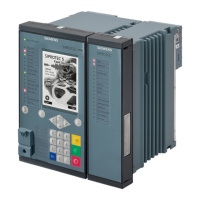
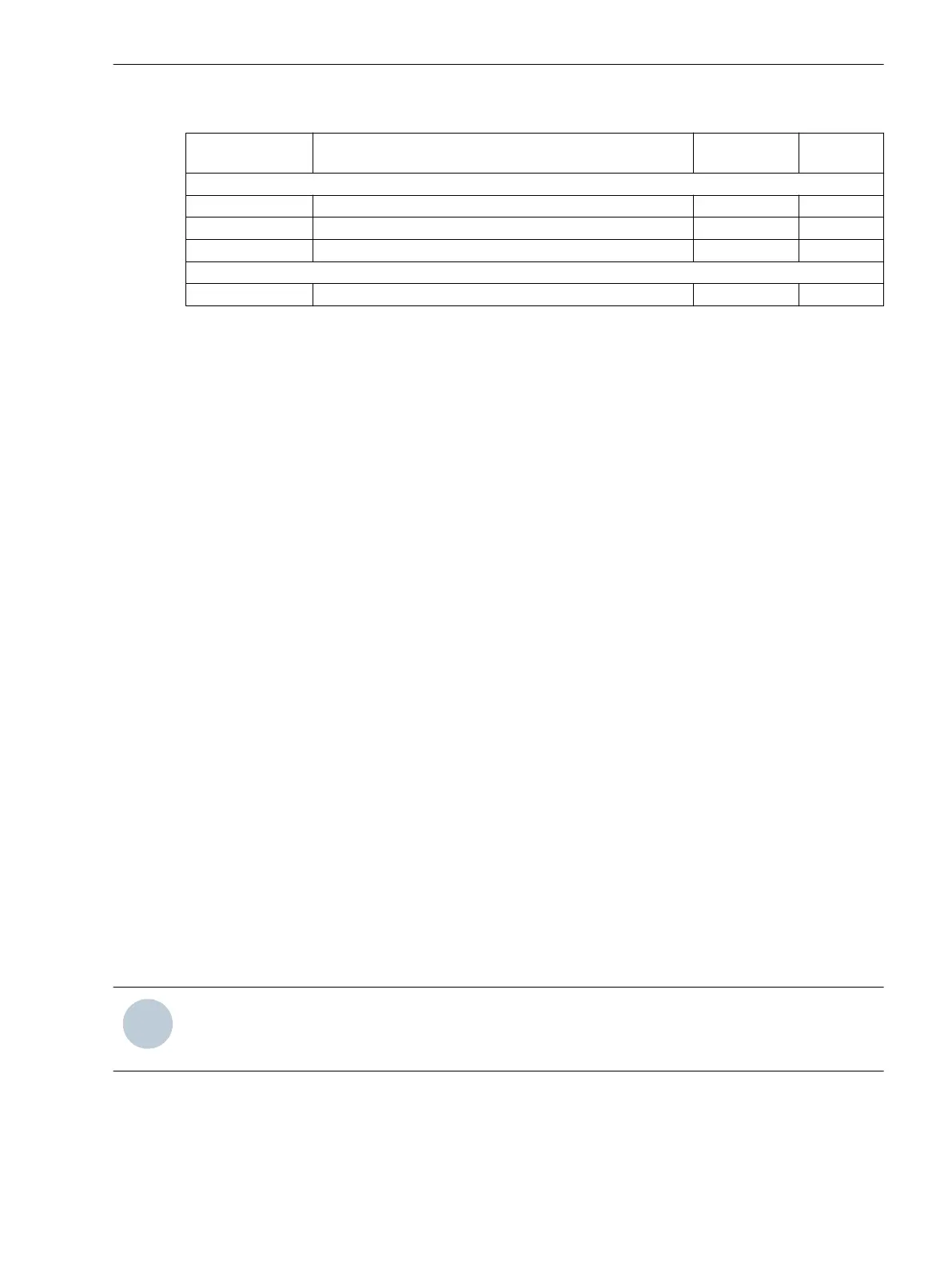